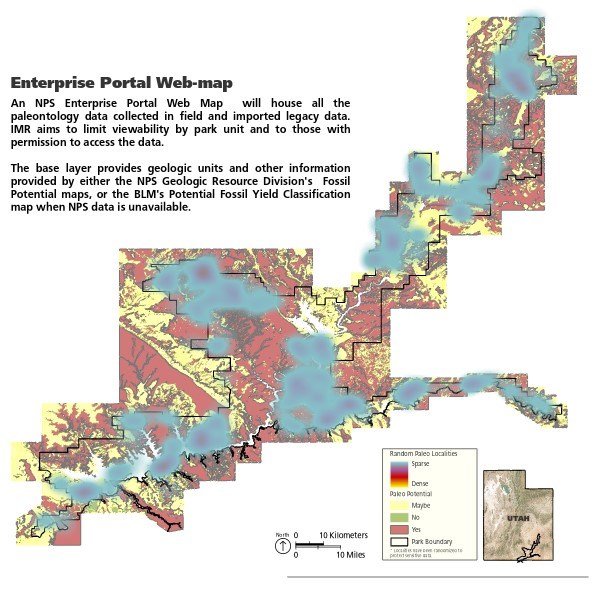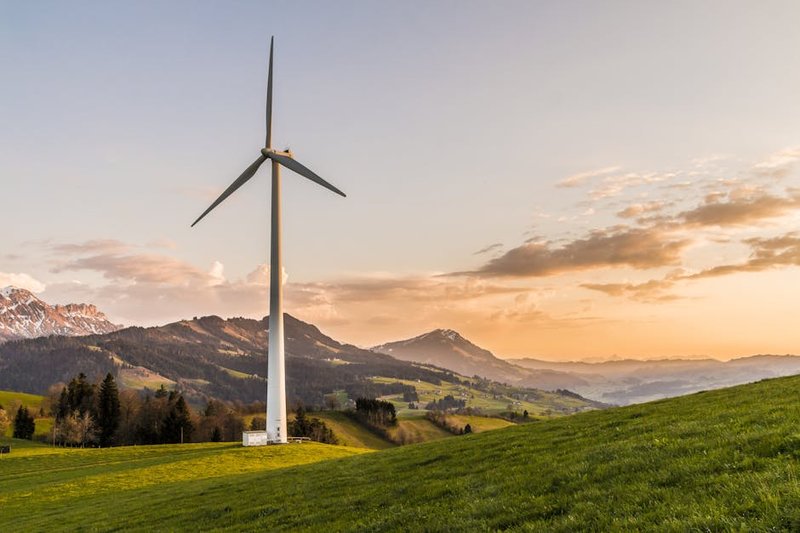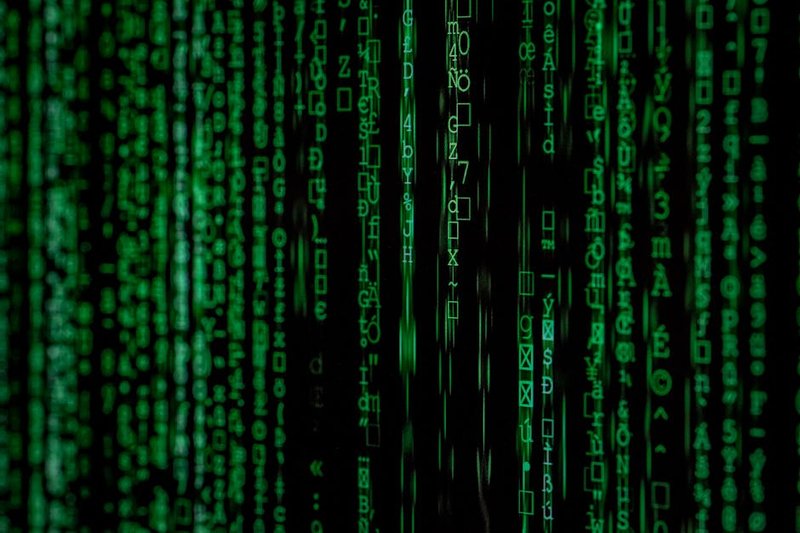The integration of environmental technology with data science has revolutionized how we understand and respond to our changing planet. NOAA’s Science Seminar Series represents one of the most comprehensive efforts to disseminate critical environmental information across scientific communities and the public sphere. Established in 2004, this initiative has grown to include over 70 seminar coordinators who facilitate knowledge exchange on topics ranging from satellite meteorology to climate assessment.
Science – The Foundation of NOAA’s Knowledge Sharing Platform
The NOAA Science Seminar Series serves as the backbone of scientific communication within the organization, hosting over 500 seminars in 2020 alone. This remarkable output demonstrates the commitment to open science and collaborative research that drives environmental technology innovation. The seminars cover diverse topics within NOAA’s purview, particularly focusing on satellite applications and research through the STAR (Center for Satellite Applications and Research) program.
These seminars aren’t mere academic exercises; they represent the intersection of practical environmental monitoring tools and data science methodologies that inform real-world decision-making. The accessibility of these resources—available through subscription services and Google Calendar integration—ensures that stakeholders from various sectors can remain informed about cutting-edge developments.
You know, this reminds me of my days studying atmospheric physics at Cornell. We had this brilliant professor who would always say that “data without dissemination is like rainfall in the ocean—technically there, but practically useless to those on land.” That’s exactly what makes NOAA’s approach so effective—they’ve created not just data collection systems but knowledge distribution networks.
Satellite Applications: Where Earth Observation Meets Data Science
The STAR (Center for Satellite Applications and Research) program represents the technological heart of NOAA’s environmental monitoring systems. Through extensive satellite networks, NOAA collects vast quantities of Earth observation data that feed into climate models, weather forecasting systems, and oceanographic research.

The seminar listings reveal the broad scope of satellite applications being developed and refined:
-
Satellite Meteorology and Climatology: The SMCD division focuses on atmospheric conditions, tracking everything from storm systems to long-term climate patterns. These applications combine remote sensing technology with advanced data processing algorithms.
-
Satellite Oceanography and Climatology: The SOCD division monitors ocean conditions, including temperature variations, sea level changes, and marine ecosystem health. The integration of satellite data with in-situ measurements creates comprehensive monitoring systems.
-
GOES Imagery: Geostationary Operational Environmental Satellites provide continuous monitoring of Earth’s surface, with particular emphasis on weather events and environmental changes. The real-time nature of this data makes it especially valuable for emergency response.
-
JPSS and GOES-R Algorithm Development: These next-generation satellite systems incorporate sophisticated algorithms for data processing and analysis, representing the cutting edge of environmental monitoring technology.
Science – Case Study: Fire Weather in Alaska
The upcoming March 2025 seminar on “Fire Weather in Alaska and the NOAA NWS IMET program” illustrates the practical applications of environmental technology in addressing critical challenges. This seminar, featuring Ben Bartos, the NWS Alaska Fire Weather Program Manager, demonstrates how satellite data and weather forecasting integrate to support wildfire management.
The multi-agency approach described in the seminar abstract highlights a key aspect of modern environmental technology: interoperability and data sharing across organizational boundaries. By enabling Incident Meteorologists (IMETs) to provide on-site support for wildland firefighting efforts, NOAA transforms satellite data into actionable intelligence that saves lives and protects ecosystems.
I’ve always been fascinated by fire ecology, especially after visiting Yellowstone years after the 1988 fires. The regeneration patterns were incredible—lodgepole pines with serotinous cones that actually required fire heat to release their seeds! It’s exactly this kind of ecological knowledge that informs how we deploy environmental monitoring technologies to understand and manage wildfires effectively.
Building Community Through Environmental Data Science
The NOAA Science Seminar Series represents more than just a collection of presentations; it constitutes a community of practice around environmental data science. The voluntary nature of the coordination effort speaks to the commitment of scientists and researchers to share knowledge beyond institutional boundaries.
Several features of the seminar series facilitate this community-building function:
-
Weekly Email Summaries: Regular updates keep community members informed about upcoming presentations and opportunities for engagement.
-
Google Calendar Integration: The technical instructions for adding the seminar calendar to personal scheduling systems reduce barriers to participation.
-
Contributor Guidelines: Standardized formatting and content requirements ensure consistency across diverse presenters and topics.
-
Archival Access: Past seminars remain accessible, creating a valuable repository of environmental knowledge and technological developments.
The Future of Environmental Technology Integration
As environmental challenges grow more complex, the integration of diverse technological approaches becomes increasingly important. The NOAA Science Seminar Series points toward several emerging trends in this integration:
-
Cross-disciplinary Collaboration: Seminars frequently bring together experts from different fields, reflecting the reality that environmental challenges rarely respect disciplinary boundaries.
-
Real-time Data Processing: As demonstrated by the fire weather program, the ability to process and act upon environmental data in real-time represents a significant advancement in practical applications.
-
Accessible Visualization: Making complex environmental data comprehensible through visualization techniques enables broader stakeholder engagement and more effective decision-making.

- Community Science Integration: Many seminars discuss methods for incorporating observations from citizen scientists and community members, expanding the reach and resolution of environmental monitoring networks.
Practical Applications for Environmental Professionals
For professionals working in environmental fields, the resources provided through NOAA’s Science Seminar Series offer several practical benefits:
-
Professional Development: Regular exposure to cutting-edge research and technological applications helps practitioners stay current in rapidly evolving fields.
-
Networking Opportunities: Though primarily virtual, the seminars create connections among professionals with shared interests and complementary expertise.
-
Methodological Insights: Detailed discussions of approaches like the IMET program provide models that can be adapted to diverse environmental contexts.
-
Access to Data Resources: Many seminars highlight available datasets and analytical tools that can support independent research and application development.
Environmental technology continues to evolve at the intersection of hardware innovation, software development, and methodological advancement. The collaborative approach exemplified by NOAA’s Science Seminar Series illustrates that the most effective solutions emerge not from isolated technological development but from the integration of diverse expertise and shared commitment to environmental understanding. By bridging the gap between research and application, these initiatives translate environmental data into actionable knowledge that supports both ecosystem health and human wellbeing.



